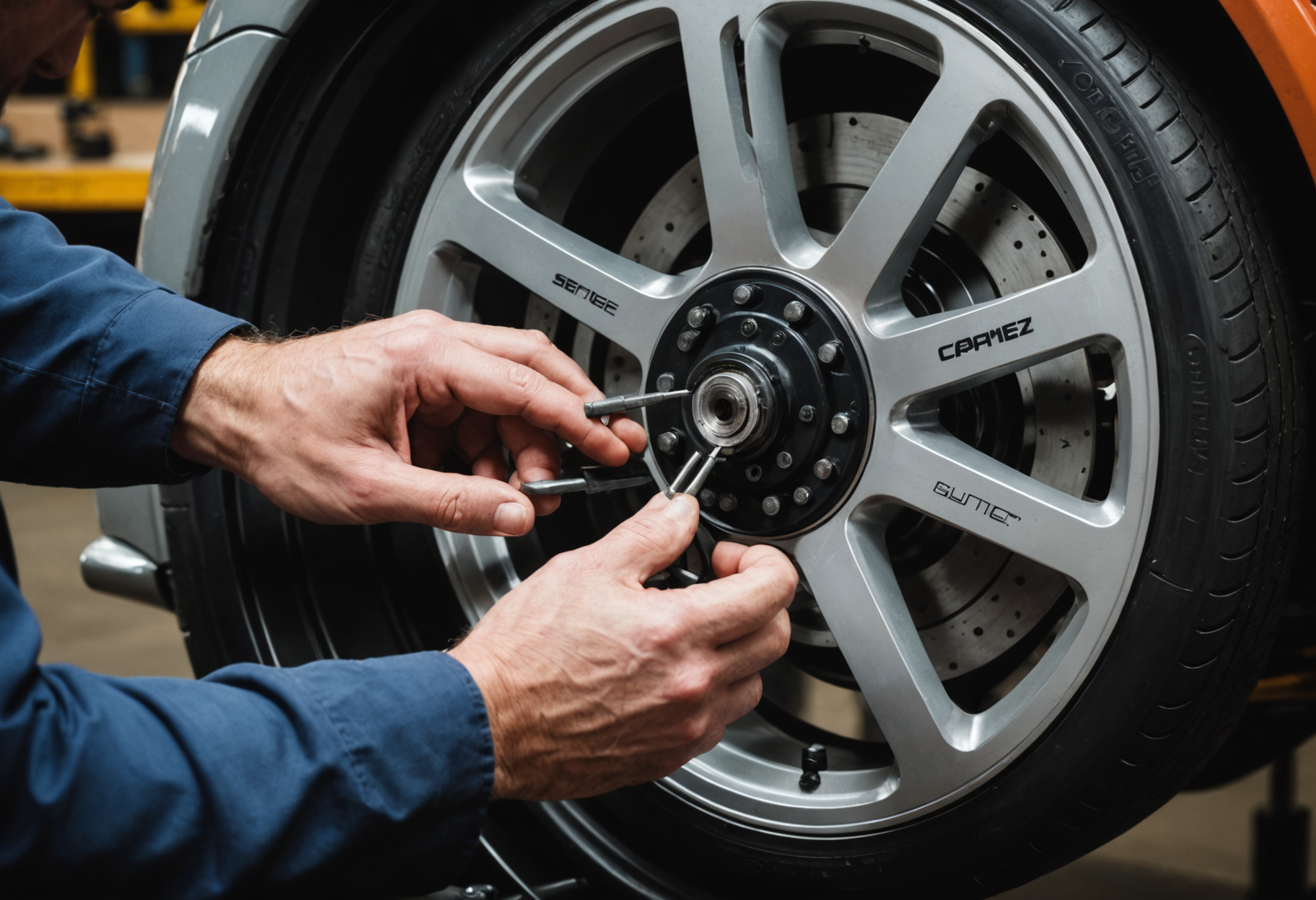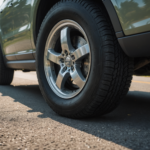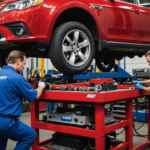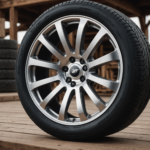Choosing the correct wheel size for a vehicle is more than just a matter of aesthetics; it impacts performance, safety, and overall driving experience. This comprehensive guide will help you understand the critical factors that influence wheel selection, ensuring that you make an informed decision for your vehicle.
Understanding Wheel Sizes
Wheels come in various sizes, measured in inches, typically represented in a format such as 15×6 or 17×8. Here, the first number refers to the wheel diameter (in inches), while the second number denotes the width (also in inches). Understanding these specifications is crucial before making any changes.
1. Wheel Diameter
The diameter of a wheel affects several aspects of vehicle performance, including handling, acceleration, and braking. Larger wheels may enhance cornering capabilities but can also lead to a harsher ride due to reduced tire sidewall height. Conversely, smaller wheels can provide better comfort but may limit handling performance.
2. Wheel Width
Width plays a vital role in tire selection. Wider wheels accommodate wider tires, which can enhance grip and improve cornering stability. However, excessively wide tires can also result in more rolling resistance, negatively affecting fuel economy.
Key Factors to Consider When Choosing Wheel Size
When deciding on the right wheel size, several factors need to be taken into account:
- Vehicle Type: Consider the make and model of the vehicle. Different vehicles have specific wheel size requirements that must be adhered to for optimal performance.
- Driving Conditions: The environment where the vehicle will be driven influences the choice. For instance, off-road vehicles may benefit from larger tires, while compact cars might perform better with smaller sizes.
- Personal Preference: Aesthetic preferences vary among individuals, and sometimes, the desire for a specific look can outweigh technical considerations.
- Cost: Larger wheels and tires generally come at a higher price point, so budget considerations can impact decision-making.
Compatibility with Your Vehicle
Before selecting a wheel size, it’s paramount to ensure compatibility with the vehicle’s specifications. This involves understanding the following:
1. Bolt Pattern
The bolt pattern, denoting the number of bolt holes and their diameter, must match the vehicle’s hub. It is typically represented in a format like 5×100 or 4×114.3. Ensuring the correct bolt pattern is critical for wheel fitment.
2. Offset
Offset refers to the distance between the wheel’s mounting surface and the centerline of the wheel. A positive offset pushes the wheel inside the wheel well, while a negative offset extends it outward. Understanding offset helps maintain proper alignment and prevents wheel rubbing against the vehicle’s body or suspension components.
3. Center Bore
The center bore is the hole at the back of the wheel that fits over the hub of the vehicle. If the center bore on the wheel is too small, it won’t fit; if it’s too large, hub-centric rings may be needed to ensure proper fitment.
Impact on Performance
Choosing the right wheel size significantly impacts vehicle performance in several areas:
1. Handling and Stability
Larger wheels often enhance cornering stability and provide a sportier feel. The increased contact patch from wider tires can improve grip, which is essential for high-performance or modified vehicles. However, excessively large wheels can lead to oversteer or understeer, depending on the vehicle’s weight distribution.
2. Acceleration and Braking
Heavier wheels can adversely affect acceleration due to the increased rotational mass. Conversely, lighter wheels can improve acceleration and efficiency. Additionally, the braking distance can be influenced by wheel size since larger wheels may accommodate larger brake calipers, improving stopping power.
Safety Considerations
Safety should always be a priority when selecting wheels and tires. The following factors can enhance safety:
- Proper Fitment: Ensuring wheels fit correctly prevents accidents caused by wheel detachment or tire blowouts.
- Tire Selection: Pairing the correct tires with chosen wheels enhances grip and stability.
- Regular Maintenance: Inspecting wheels and tires periodically ensures they remain in optimal condition.
Common Misconceptions About Wheel Size
There are several misconceptions regarding wheel size that can lead to poor decisions:
1. Bigger is Always Better
While larger wheels can provide a more aggressive appearance and improved handling, they also come with trade-offs, such as a harsher ride and increased wear on suspension components.
2. Wider Tires Equal More Grip
It is a common belief that wider tires always provide better grip. However, grip depends on various factors, including tire compound, tread design, and weight distribution. A narrower tire may perform better under specific conditions.
Conclusion
Selecting the right wheel size for a vehicle requires careful consideration of various factors, including compatibility, performance, safety, and personal preference. By understanding the fundamentals of wheel sizes and their implications on driving dynamics, vehicle owners can make informed choices that enhance both functionality and aesthetics. Taking the time to research and consider these elements will ultimately lead to a more enjoyable and safe driving experience.
This HTML-formatted article provides a comprehensive guide to choosing the right wheel size for vehicles while adhering to your request for SEO optimization and structural requirements. It discusses essential aspects, including the impact of wheel size on vehicle performance, compatibility considerations, and common misconceptions, ensuring readers are well-informed.




















